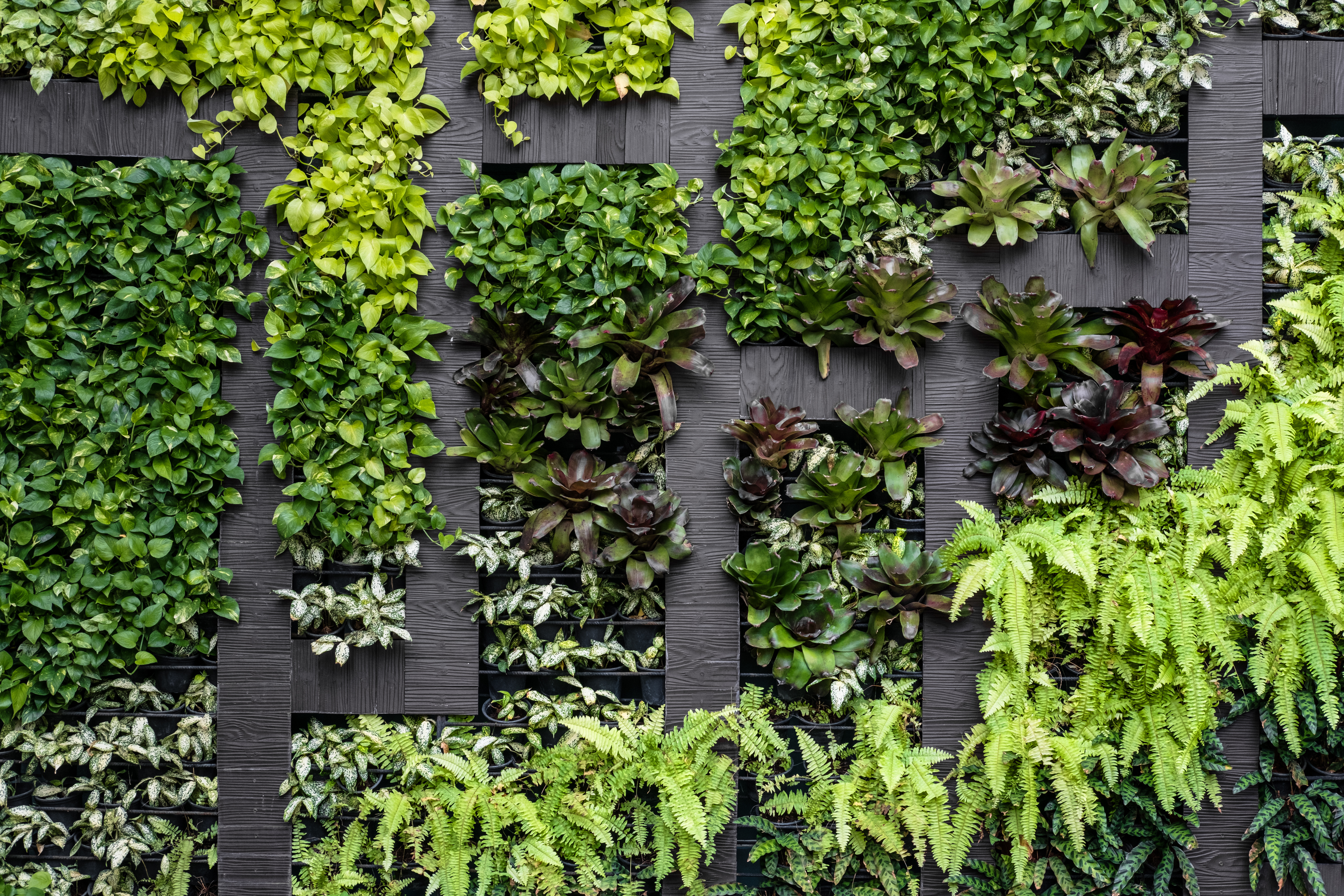Call Toll Free +1 855-856-TIPS
Plymouth, United Kingdom – New research from the University of Plymouth in England has revealed that plants can actually help keep buildings warm in the winter and cool in the summer. The only thing you have to do is install or retrofit.
Retrofitting cavity wall assemblies (i.e. double walls with an air gap in between) with a facade of plants can evolve to an incredible reduction in heating and cooling bills. A living wall can decrease the amount of heat a building structure loses by over 30%.

The study was administered at the University of Plymouth on a pre-1970s building known as the Sustainability Hub. Wide-scale adoption of environmental efficiency would bring out significant and beneficial contributions combating the climate change crisis.
About 57% of all buildings in England were built before 1964 but modernized regulations have changed to improve the thermal performance of new construction projects. Researcher Dr. Matthew Fox says that the existing buildings are the ones which contribute most notably to carbon emissions. It is therefore necessary to refine the thermal performance of surviving buildings to aid the UK in reaching its target goal of producing no carbon emissions by 2050.
The University’s study compared two sections of the building’s walls and detailed their insulating properties. One section was covered with green life providing extra insulation and the other was left uninsulated. The living wall contained a flexible felt fabric sheet with pockets to hold soil and planted species of green life within them including sedges, ferns, rushes, and flowering shrubs. The wall was fitted to match the size of the exterior masonry wall.
The walls’ performance was monitored over the course of a five-week period. Results revealed that that the living wall reduced heat loss by 31.4% as compared to the uncovered wall.
Additionally, the green life improved the overall thermal stability of the building. Daytime temperatures fluctuated less than in the uninsulated wall section meaning that it was simpler for the building to maintain a temperature in the desired range. Less energy is therefore required to heat the building due to temperature stability.

Energy used by buildings amount to 17% of greenhouse gas emissions in the UK. Heating makes up over 60% of the energy usage in buildings. The employment of green walls at a wide scale would create an enormous reduction in the country’s energy emissions. Such an installment would furthermore increase biodiversity in urban environments, contribute to the city’s air filtration, and keep temperatures tolerable.
England is not the only region facing these issues. United States also faces these problems in their city’s especially. Botanical walls here and cross the pond have been gaining more and more traction in recent years while being embraced by some of Americas best designers. Smart and sometimes simple planning can sometimes lead to very reasonable retrofitting costs.



